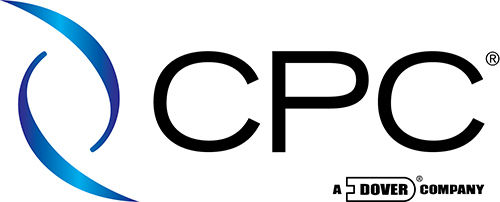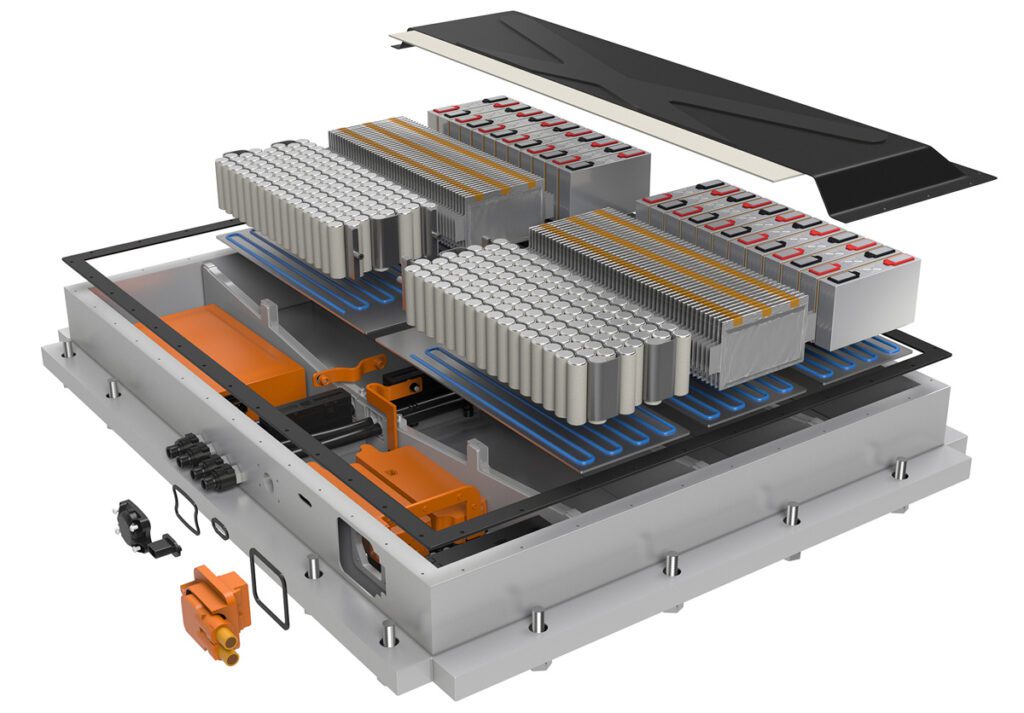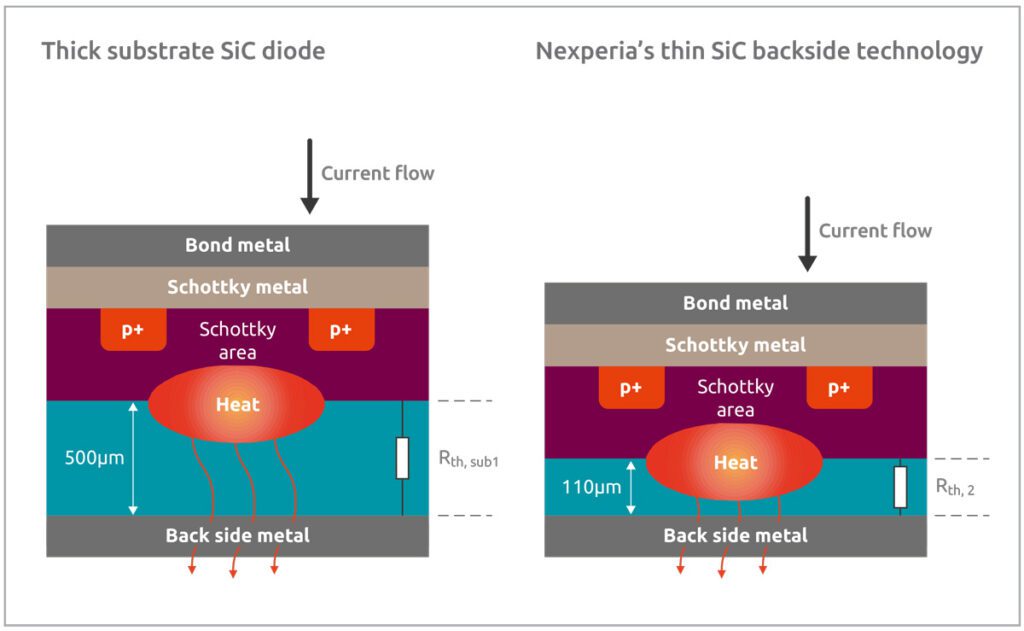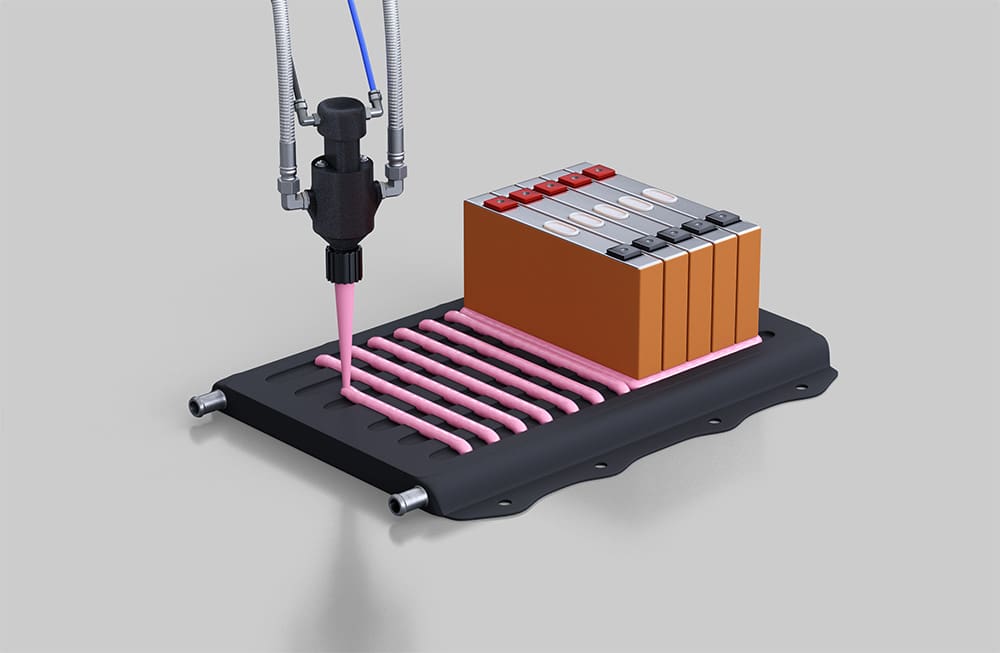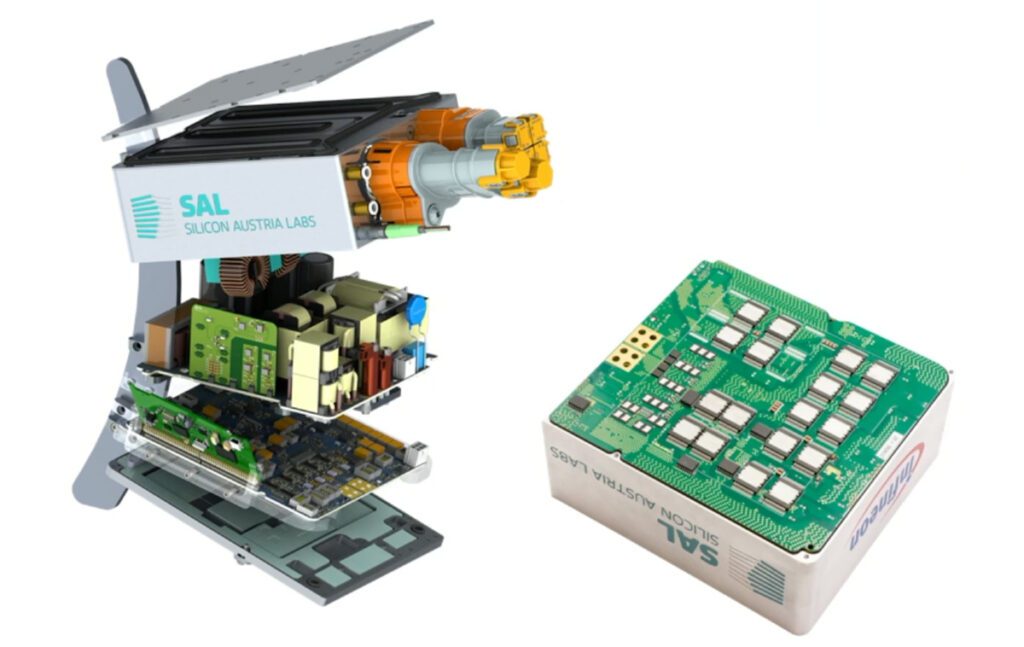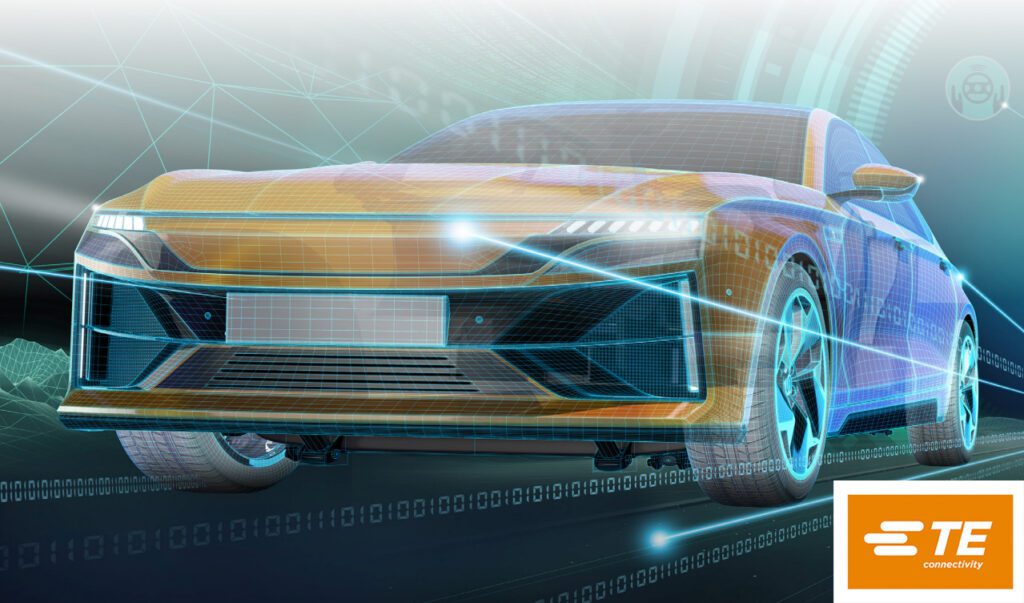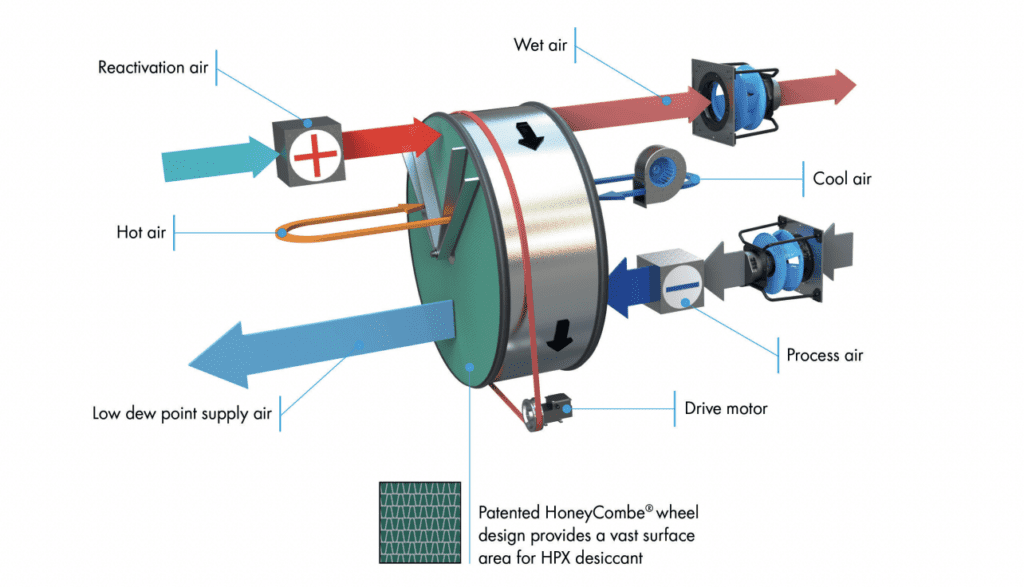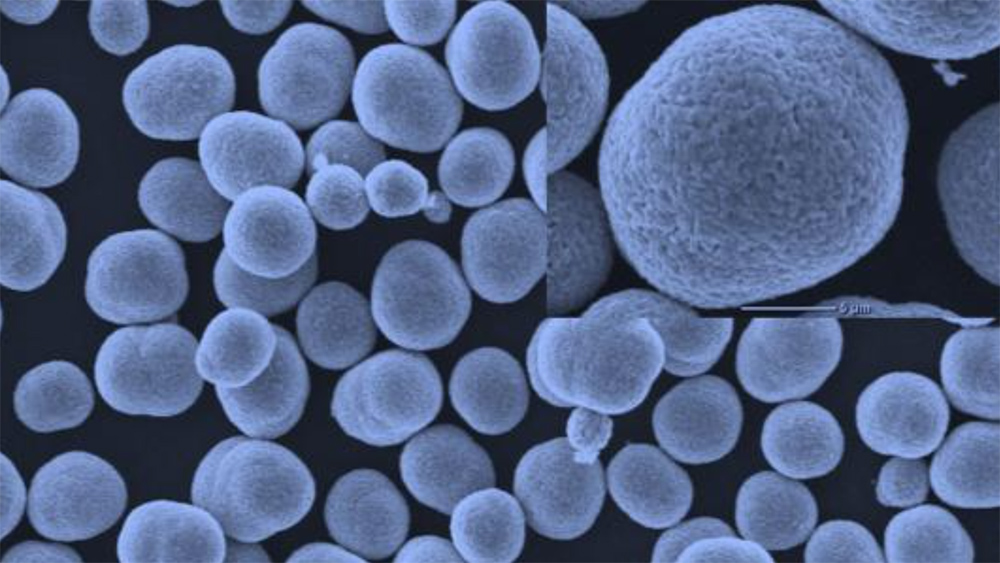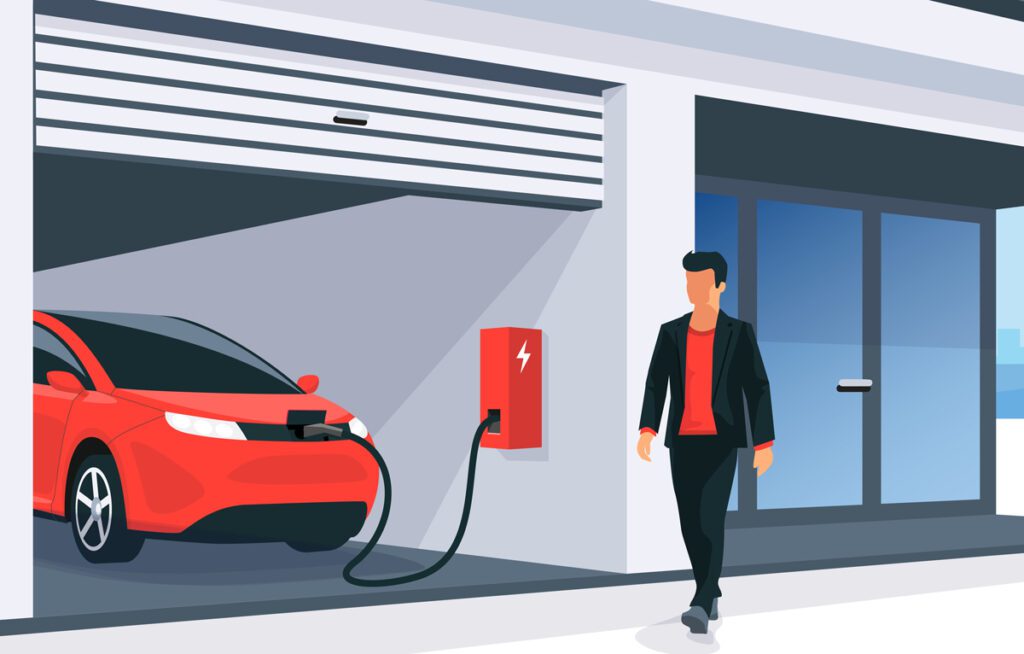Swedish industrial technology company Hexagon has developed a new battery cell design suite that combines its multi-physics material simulation and metrology software and Fraunhofer ITWM’s electrochemical simulation technology.
Hexagon’s new battery design software integrates Fraunhofer ITWM’s Battery and Electrochemistry Simulation Tool (BEST) solver into Hexagon’s Digimat material behavior modeling software, which is part of its HxGN Digital Materials suite. It is designed to enable efficient exploration of cell designs while accounting for the effects of manufacturing processes on the quality and performance of cells. This will assist R&D departments to reduce expensive lab tests by simulating the electrochemical performance of new cell designs, accelerating the discovery of advanced battery technologies.
Manufacturers can reduce costly trial-and-error by using a digital twin. Virtual design exploration makes it easier to understand how changes to a cell’s internal morphology, including particle size, shape and surface area, affect performance.
From a single user interface, users can simulate the electrochemistry of a cell’s constituent microstructure, electrolyte, separator, active material, binder and current collector for common lithium-ion cell configurations, as well as zinc and sodium battery chemistries, using Fraunhofer’s electrochemical modelling techniques and an embedded library of battery materials. This can enable enhanced performance outcomes such as energy efficiency, lifespan and optimal charging protocols by selecting appropriate materials and configurations, including particle size distribution and carbon binder distribution.
Designers can examine how manufacturing processes affect the cell microstructure, including the ability to reverse-engineer the internal structure of manufactured cells from a CT scan using Hexagon’s VGSTUDIO MAX 3D metrology software. They can also investigate battery aging and the safety implications of cell design to inform the creation of an optimal charging protocol for the battery management system.
“The design and development of cells involve significant challenges due to the complex trade-offs between materials and electrochemical design, mechanical design and manufacturing processes. Much of this complex process has historically relied on trial and error, but through our partnership with Fraunhofer ITWM we believe we can help R&D teams pursue better performing battery cell designs and develop them faster with rapid feedback from prototypes,” said Guillaume Boisot, Senior Director Materials and Platforms at Hexagon.
Source: Hexagon








